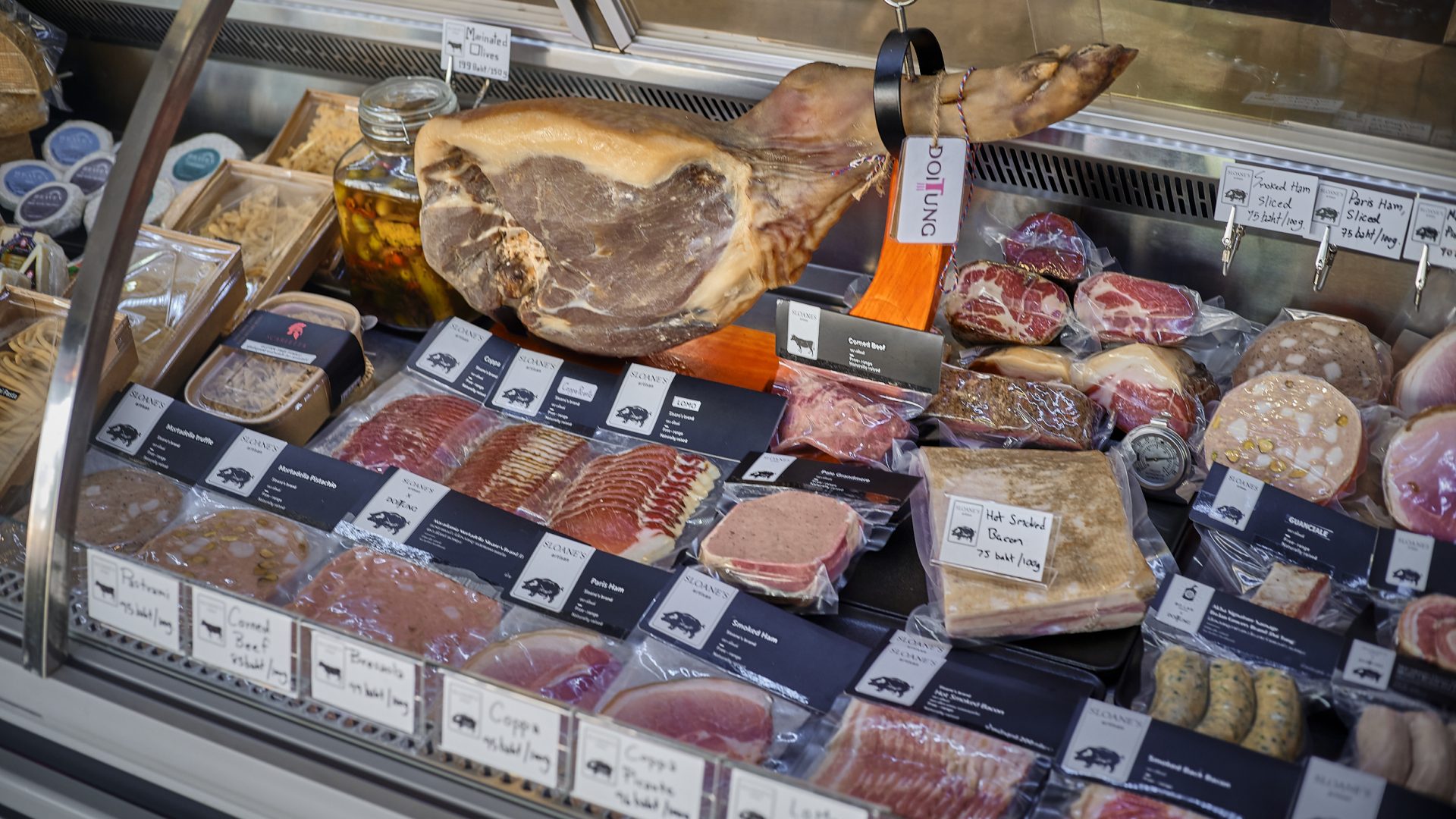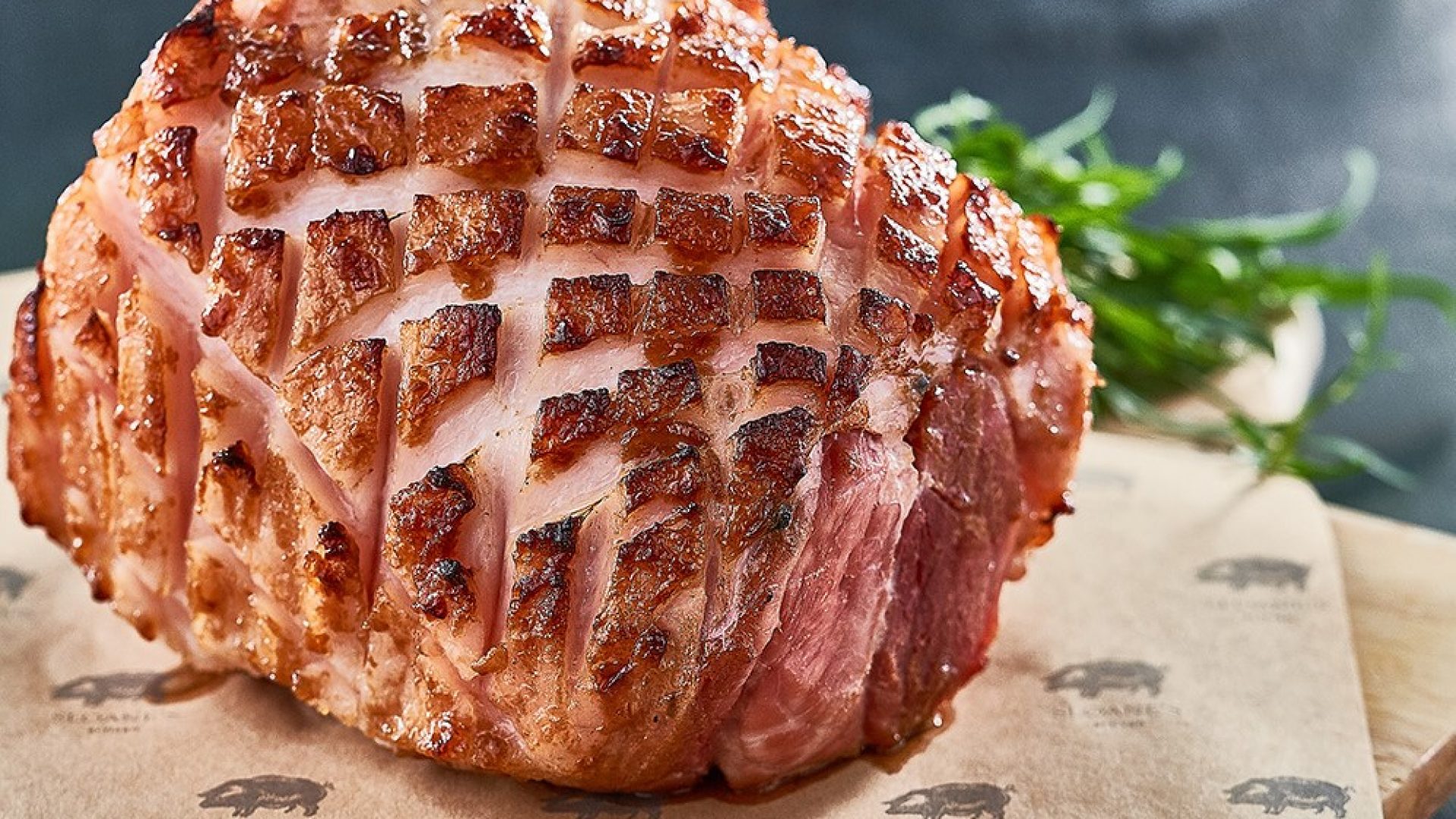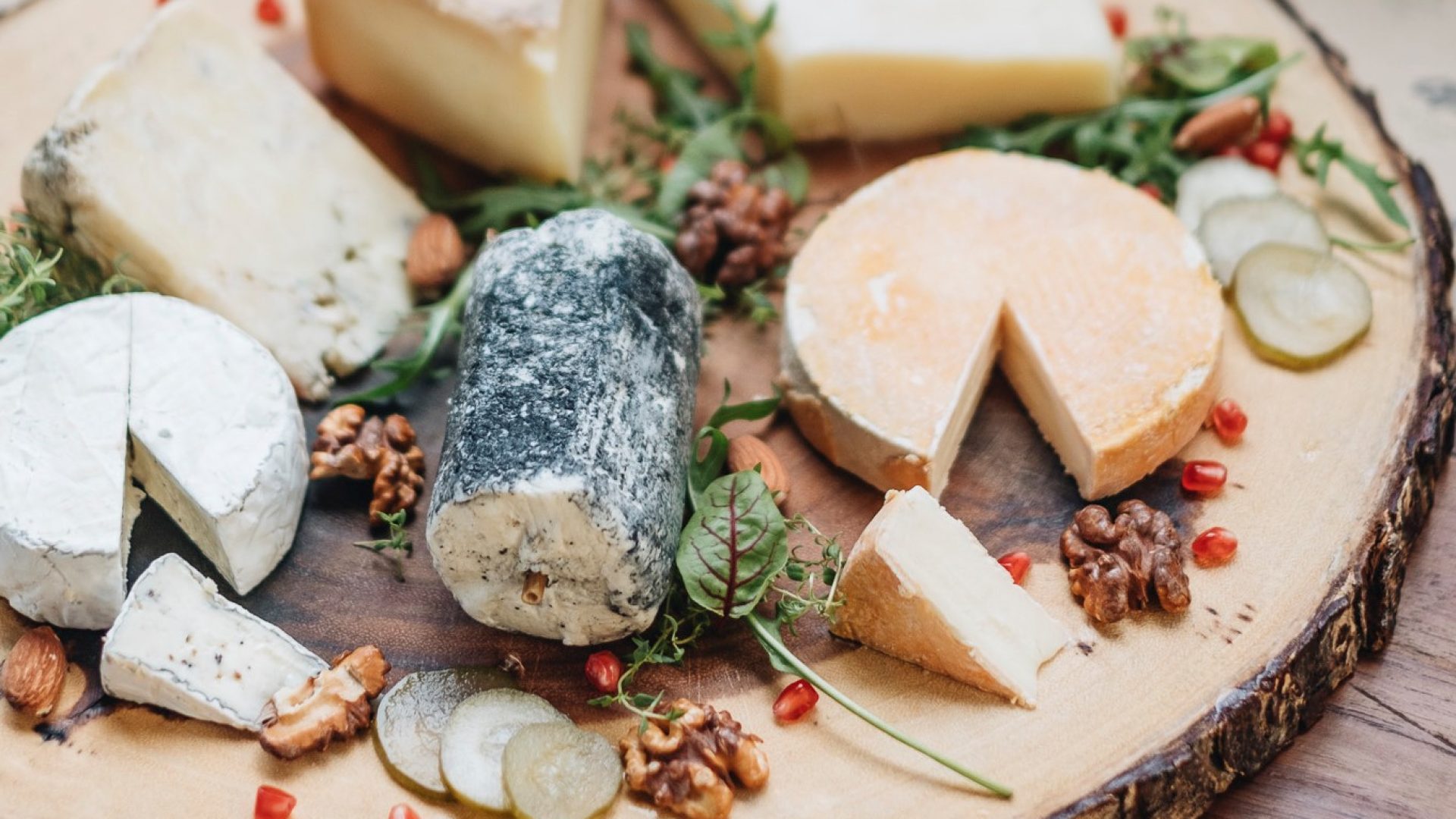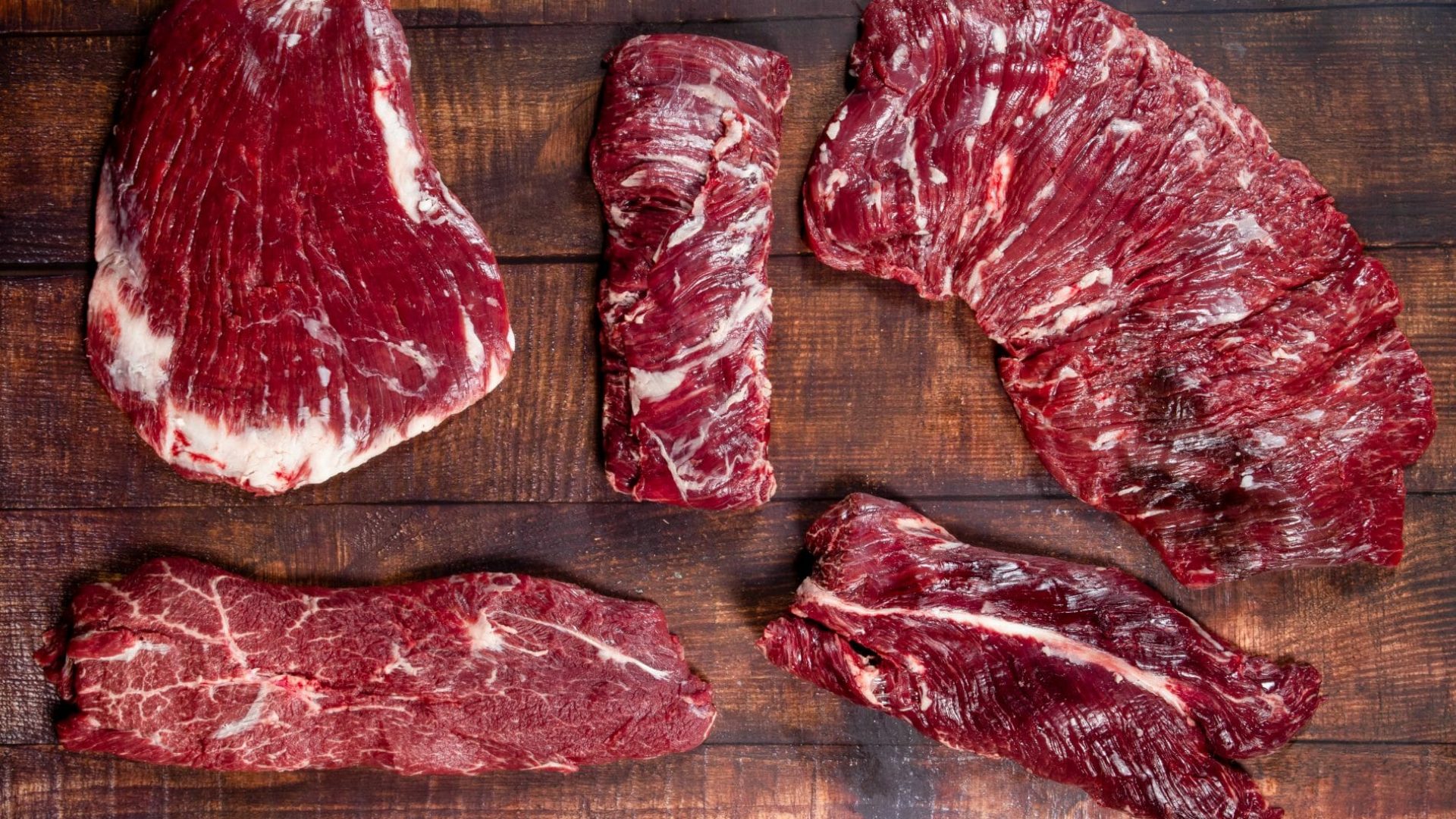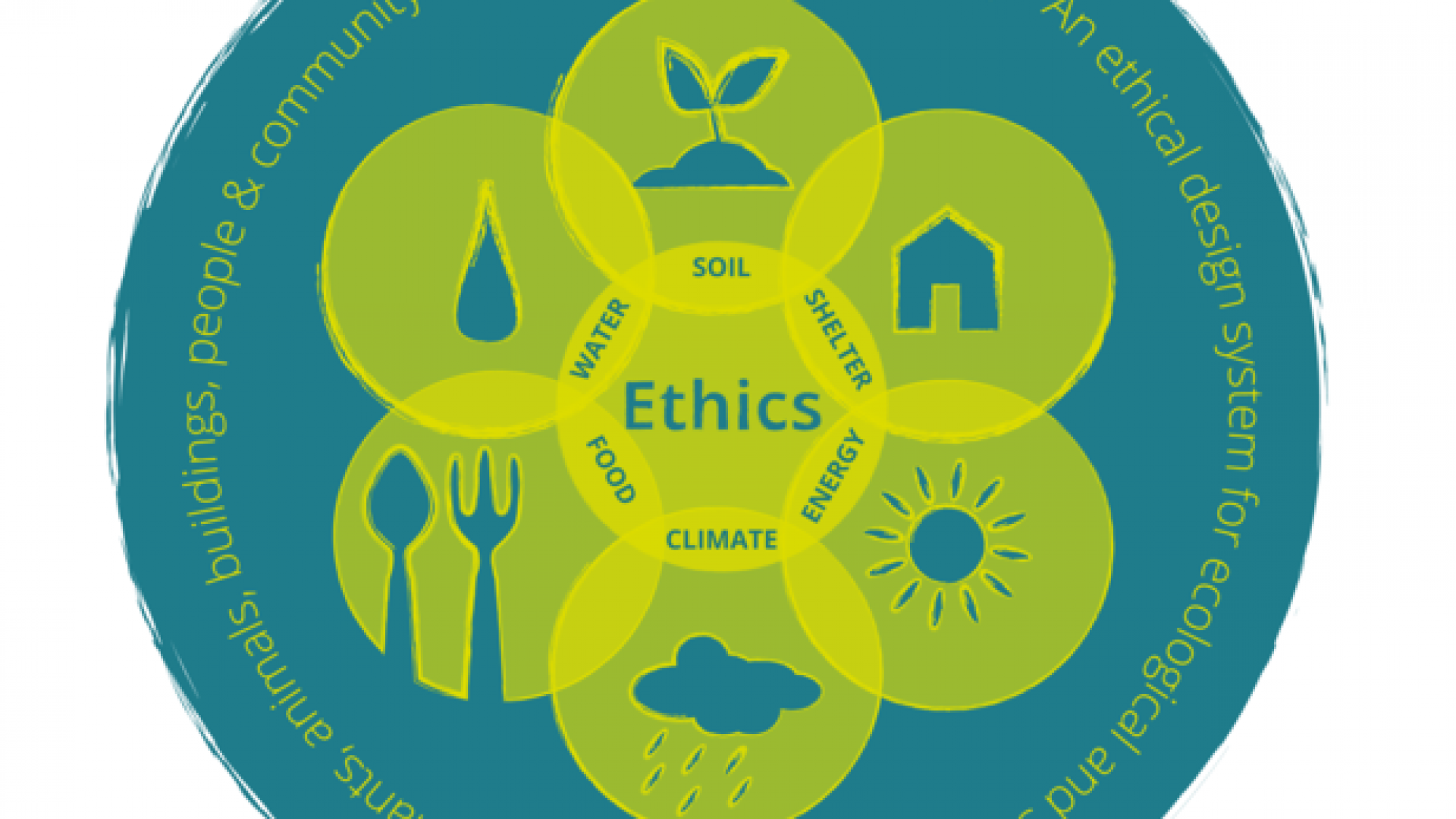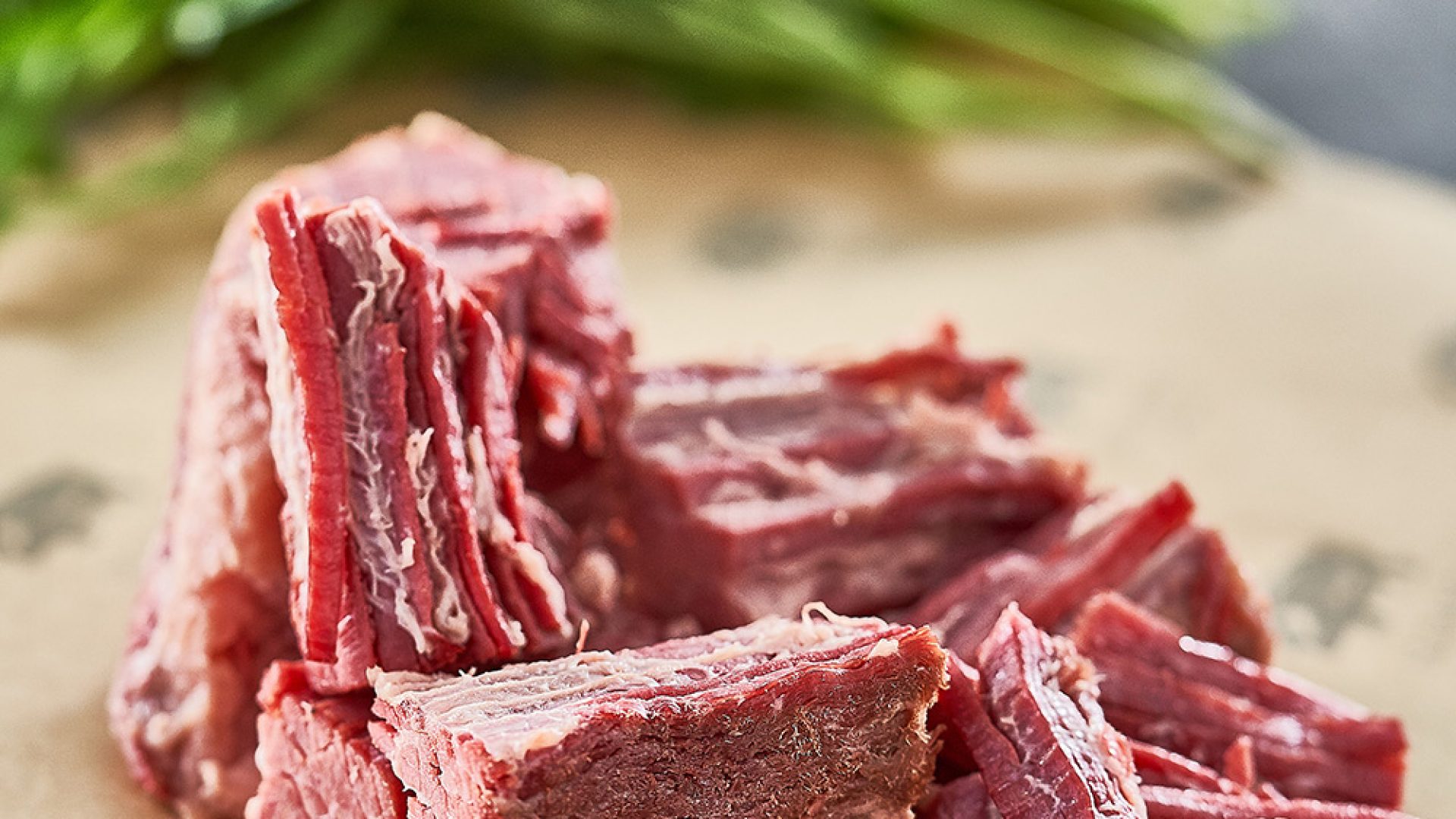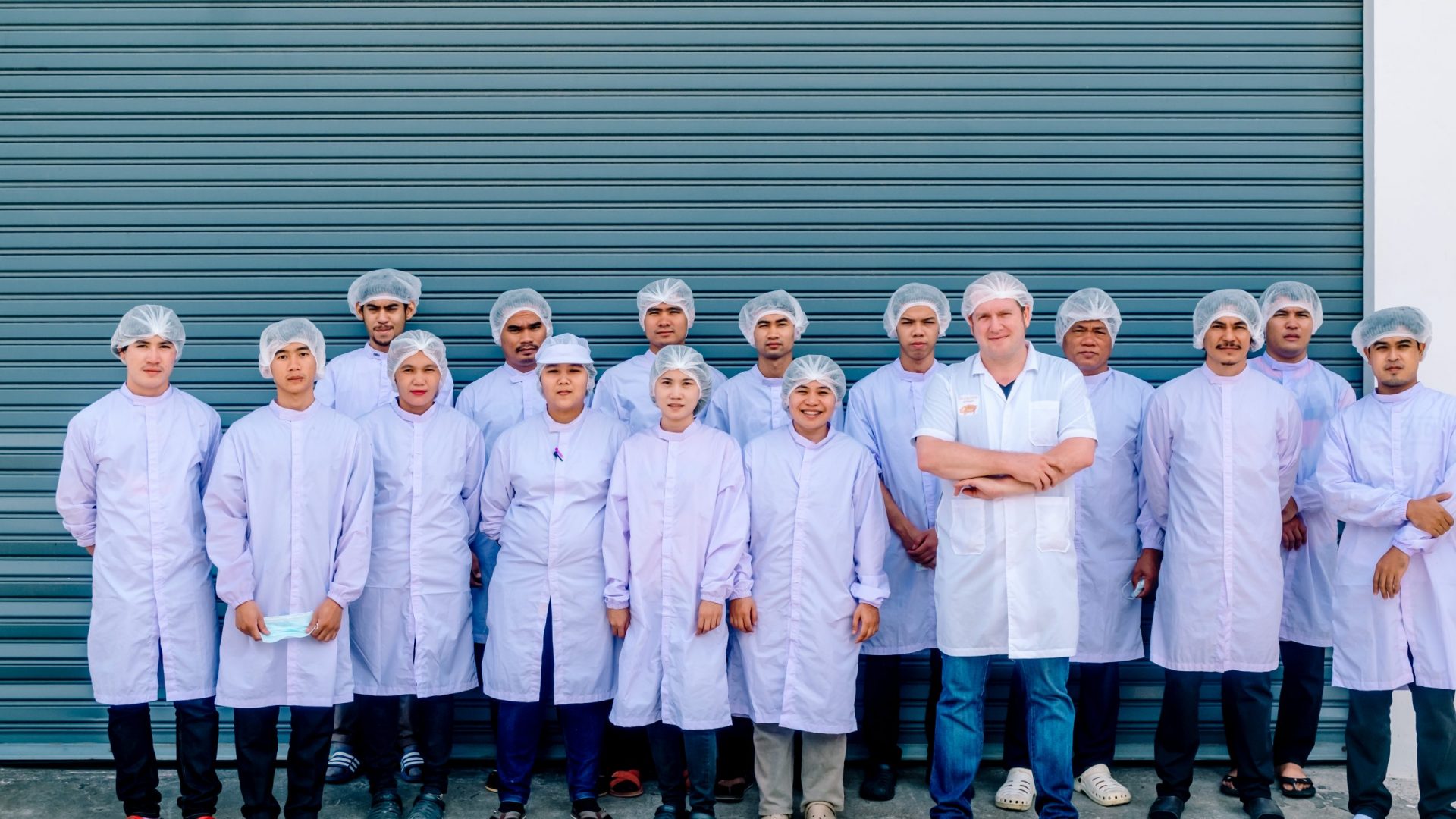Do you know where your meat comes from?
A story has been doing the rounds in online food circles lately. It is about a small but growing group of former vegetarians and vegans who have become successful ethical butchers in the US. They became butchers for the same reason they rejected meat in the past: out of love for the animals. Subsequently, they hope to revolutionise the food system in the US.
They refer to themselves as ethical butchers and use meat from animals bred on pastures and grassland. They also focus on animal well-being, conservation and minimising food waste.

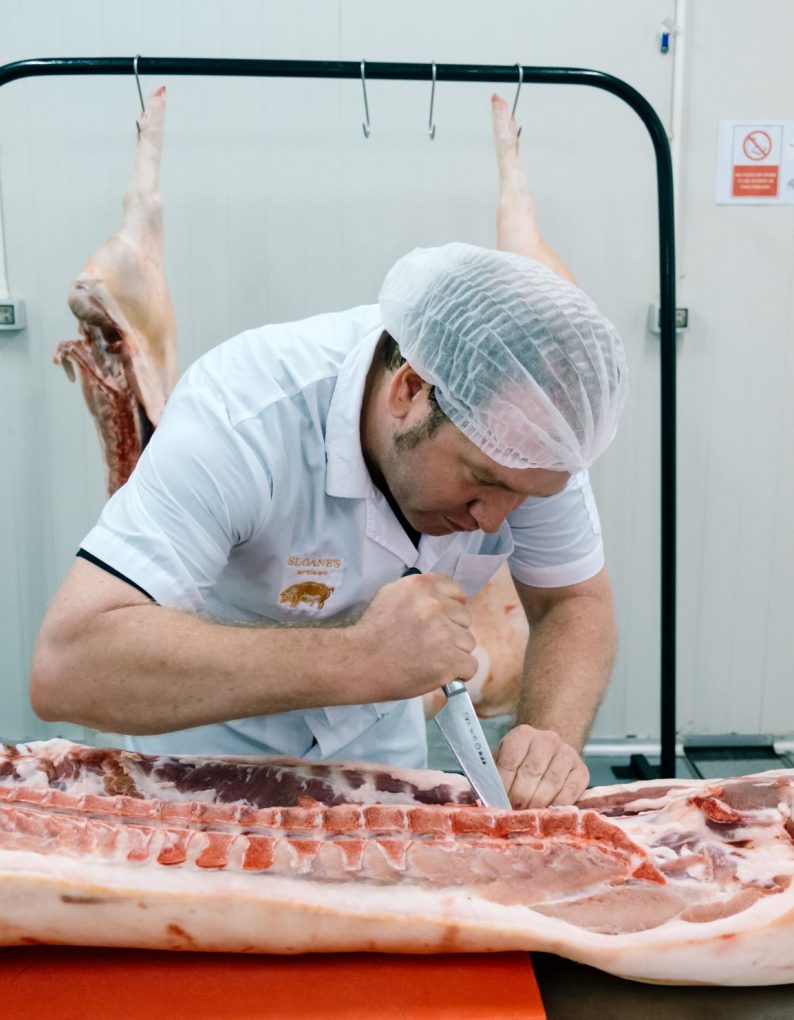
Back to basics
Free-range and pasture-raised animals.
Over the past 50 or so years, we have become far removed from traditional methods of food production. Gone are the days when you knew your local butcher and where he got his meat. Nowadays, we pick up a vacuum packed piece of meat from a supermarket not knowing where the meat came from or how the animal was treated. Industrial-scale animal farming is the norm. However, the industry has come under scrutiny for its waste, overuse of antibiotics, and inhumane treatment of the animals.
The new band of ethical butchers are trying to change that. They want more transparency and accountability. One of them recalls a “Kill your own turkey” event at a local farm where she killed a larger animal for the first time. The event made her want to become a butcher.
Worth the extra cost
Raising animals on pastures is more expensive than in feedlots, making the meat more expensive. Sometimes up to double the price. However, that is the cost of having control over the quality of the animals, their feed and how they live and die. It is also the cost of knowing the meat is safe to consume and not filled with hormones and unnecessary antibiotics.




